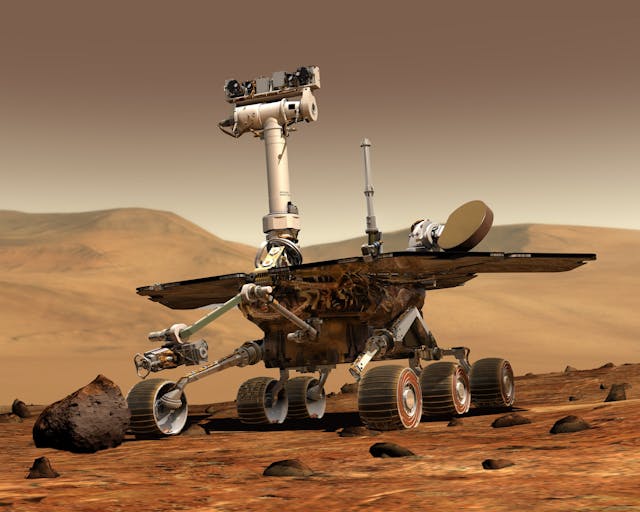Greetings, fellow space enthusiasts to GertieBlu, your go-to blog for all things space, science, and the exciting future of human exploration! Today, we tackle one of the most intriguing questions of our time: Is the habitation of Mars realistic? And if we do manage to land on the Red Planet, what will be the first ten things we need to do to survive?
Buckle up, space enthusiasts, as we embark on this cosmic journey!
Is Habitation of Mars Realistic?
The idea of living on Mars has fascinated scientists, authors, and dreamers for decades. With recent advances in technology and space exploration, this dream is inching closer to reality. Let’s break down some key factors:
Technological Advancements
Organizations like NASA and SpaceX have made significant strides in space travel. SpaceX’s Starship, designed for long-duration spaceflights, and NASA’s Perseverance rover, currently exploring Martian terrain, are testaments to our growing capabilities. Technologies for life support, radiation shielding, and sustainable habitats are under rapid development.
Environmental Challenges
Mars presents a hostile environment. Its thin atmosphere is 96% carbon dioxide, with surface temperatures averaging -80 degrees Fahrenheit (-62 degrees Celsius). There’s also the issue of cosmic and solar radiation due to the lack of a protective magnetic field and thick atmosphere. These challenges are formidable but not insurmountable with proper planning and innovation.
Resource Utilization
Mars has water ice, which can be converted into drinking water, breathable oxygen, and rocket fuel. In-situ resource utilization (ISRU) will be crucial for sustaining life and reducing the need for constant resupply missions from Earth.
Psychological and Social Considerations
Long-term habitation will require addressing the psychological and social needs of astronauts. Isolation, confinement, and communication delays with Earth are significant concerns. Creating a supportive and engaging community on Mars will be as important as technical solutions.
With these factors in mind, the habitation of Mars is indeed realistic, though immensely challenging. Now, let’s dive into the first ten things we will need to do upon arrival on Mars to ensure our survival.

The First Ten Things to Do Upon Arrival on Mars
- Secure a Landing Site
- Ensuring a safe and stable landing site is the first priority. The location should be flat, free of large rocks, and close to resources such as water ice deposits.
- Establish a Base Camp
- Set up temporary habitats to provide shelter. These habitats will need to be pressurized, insulated, and shielded from radiation. Inflatable modules could be a quick and effective solution.
- Deploy Power Sources
- Reliable power is crucial. Solar panels will be the primary source, given Mars’ distance from the Sun. However, nuclear power units like Kilopower reactors will provide a steady and robust energy supply.
- Construct Life Support Systems
- These systems will generate breathable air, manage carbon dioxide, and recycle water. Initial systems will be pre-packaged, but the goal is to create sustainable solutions using Martian resources.
- Create a Water Supply
- Extract water from the Martian soil (regolith) or ice deposits. This water will be used for drinking, growing food, and producing oxygen and hydrogen.
- Set Up Communication Systems
- Establishing robust communication with Earth is essential. This involves deploying satellites around Mars and setting up ground stations to handle data and voice transmission.
- Develop Food Sources
- Initial food supplies will come from Earth, but growing food on Mars will be vital. Hydroponic and aeroponic systems can grow crops without soil, using nutrient-rich water and air.
- Conduct Scientific Research
- Begin scientific experiments to better understand Mars’ environment. This research will inform future missions and help optimize survival strategies.
- Explore the Surroundings
- Conduct reconnaissance missions to map the area, identify resources, and search for signs of past life. Rovers and drones will be instrumental in this phase.
- Establish a Governance and Social Structure
- Developing a set of rules and a social structure will be crucial for maintaining order and cooperation among the crew. This includes roles, responsibilities, and decision-making processes.
Conclusion
While the habitation of Mars is a monumental challenge, it is not beyond our reach. With careful planning, technological innovation, and a pioneering spirit, humanity can turn this dream into reality, making the first steps on Mars just the beginning of an incredible journey towards making the Red Planet our second home.
Until next time, keep reaching for the stars!
GertieBlu









